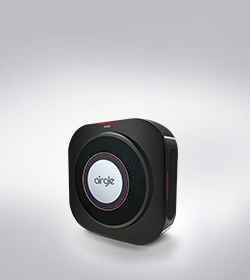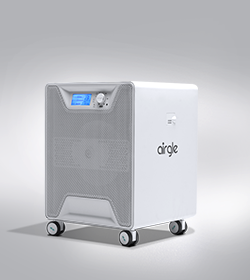
Since its creation in 1992, the ENERGY STAR program has grown to designate high efficiency for products in more than 75 categories; for multifamily, manufactured, and single-family homes; for buildings in 21 property types, and for industrial plants in 31 diverse sectors. To earn the label, EPA requires third-party certifications in all categories.
Product-Specific Requirements are the foundation for ENERGY STAR product labeling, defining performance eligibility based on objective, repeatable test procedures. EPA follows a robust process for revising specifications to ensure that ENERGY STAR reflects advances in energy efficiency. Updates to specifications allow ENERGY STAR to deliver on its promise to designate products and services that protect the environment through superior energy efficiency without trade-offs in performance or functionality
Third-party certification. To earn the ENERGY STAR label, product performance data must be certified by EPA-recognized certification bodies prior to labeling. EPA requires testing in recognized laboratories with demonstrated capabilities. In 2018, EPA oversaw third-party certification of ENERGY STAR products by 23 independent certification bodies and more than 600 labs.
“Off-the-shelf” Verification Testing. EPA oversees verification testing to ensure products associated with the ENERGY STAR label continue to comply with program requirements.

 Support
Support Login
Login
 Sign Up
Sign Up
 Cart
Cart


 Login
Login Sign Up
Sign Up

